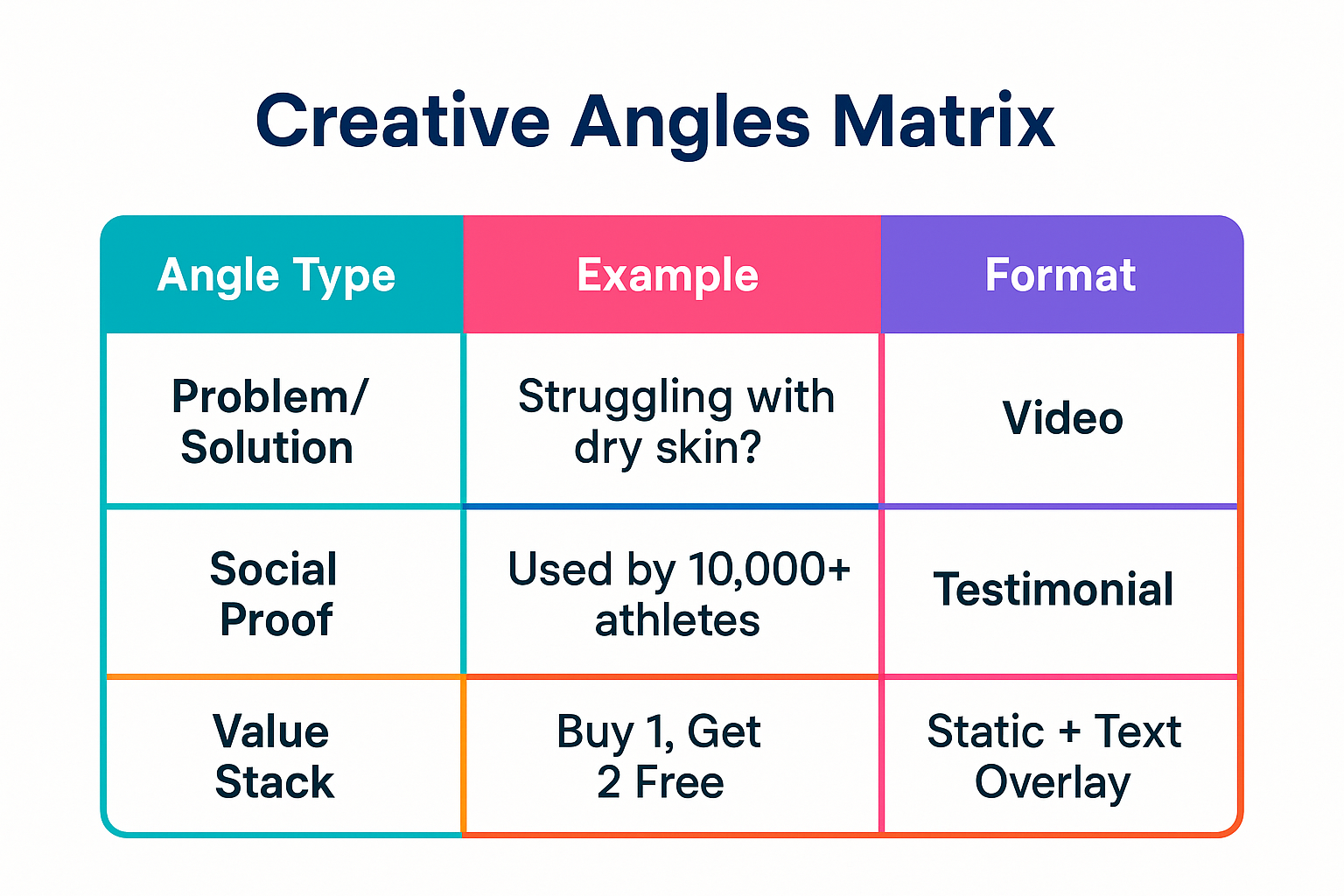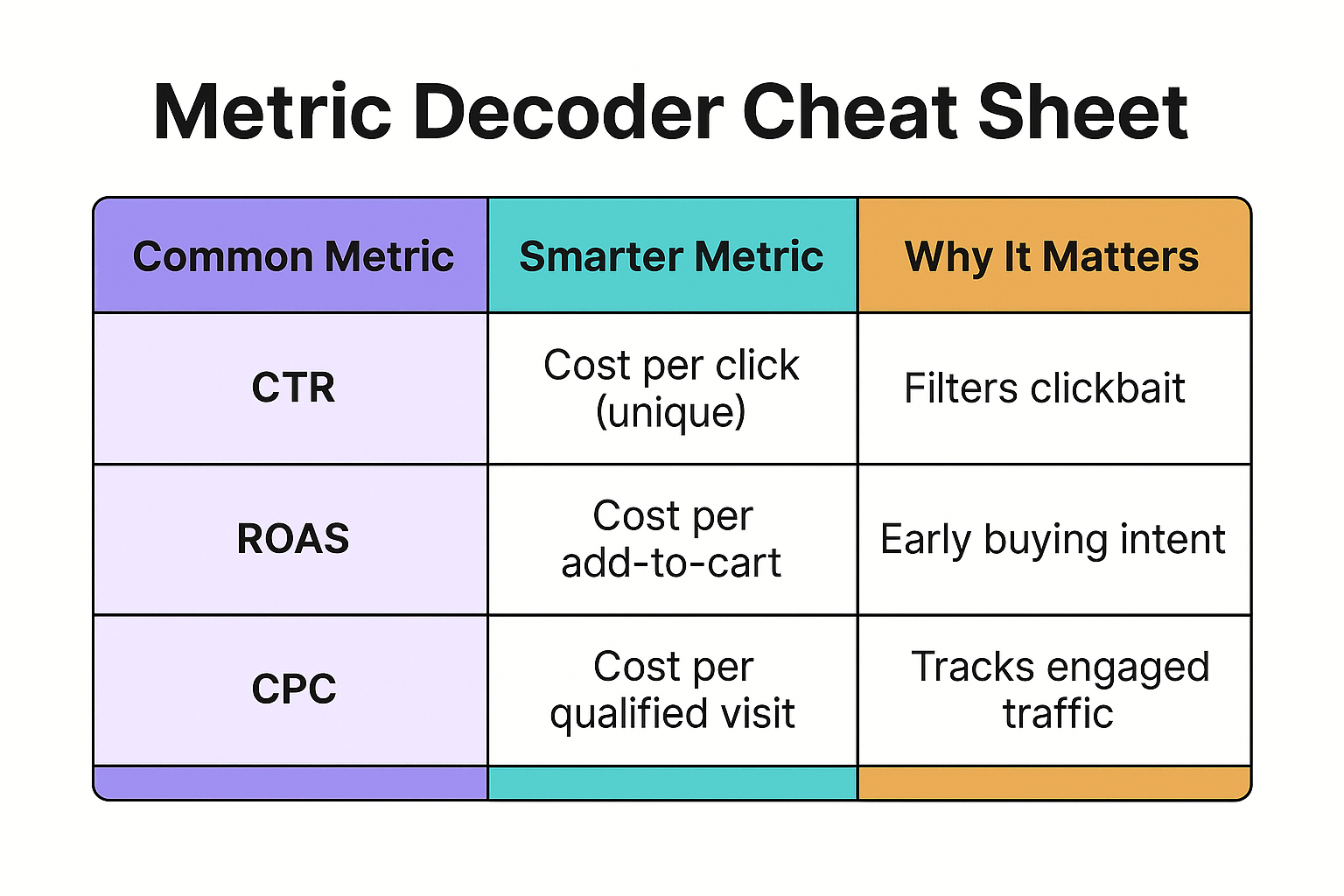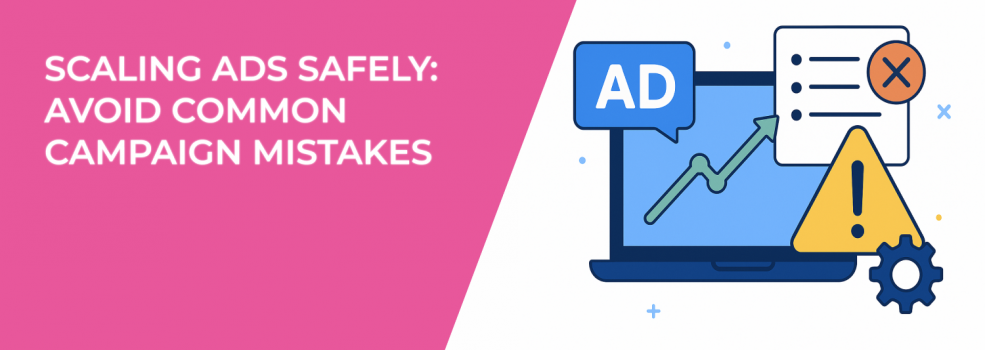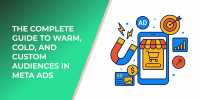Scaling your ad campaigns is exciting. But if you're not careful, excitement turns into overspending, ad fatigue, and declining returns. The real challenge? Scaling without breaking what was working.
This guide goes beyond the usual advice and shares less obvious, high-leverage strategies that help you scale safely and sustainably. It's time to stop guessing and start scaling smart.
1. Don’t Scale During the Learning Phase
When you launch a new ad set, Meta's algorithm enters the learning phase. During this time, results will naturally fluctuate. Scaling too soon interrupts the system before it finds the right audience and delivery rhythm.
If you increase your budget or edit your creative before the ad exits learning, you could lock yourself into subpar performance.
Try this:
-
Let the ad run until it gets at least 50 conversions.
-
Avoid making changes for 72 hours, even if you’re nervous.
-
Review this quick guide to finish learning faster.
Example: A skincare brand scaled a moisturizer campaign mid-learning phase. The result? CPA jumped from $14 to $29 in two days. They rolled back, waited for stable delivery, and then scaled again successfully.
2. Watch for the "Ad Set May Get Zero" Warning
This Meta warning isn't just annoying. It's a clear signal that your targeting or setup is blocking delivery. It usually shows up when:
-
Your audience is too small.
-
You’ve stacked multiple filters.
-
Your optimization window is too short.
Before scaling, fix these issues. Otherwise, you’ll be throwing budget at an ad that can’t scale.
Check out this fix-it guide for a full breakdown.
Pro tip: Use broader targeting before scaling, then layer exclusions gradually to keep delivery flowing.
3. Don’t Just Rotate Creatives. Rotate Angles.
Swapping out images isn’t enough. The message matters more than the media.

Before scaling, brainstorm different angles to test:
-
Problem-solution framing;
-
Social proof and testimonials;
-
Seasonal relevance;
-
Value stacking (bundles, bonuses, urgency).
Use case: A fitness coach promoted the same workout plan with two angles:
-
"Lose belly fat in 6 weeks."
-
"Busy moms: reclaim your energy in 15 minutes a day."
Same product, wildly different results.
4. Fix Funnel Friction Before Scaling
Scaling only works if your entire funnel is smooth. Ads can get you clicks, but the page does the converting.
Check this list before scaling:
-
Is your page loading in under 2 seconds?
-
Can users convert in 3 clicks or fewer?
-
Is your messaging consistent from ad to page?
-
Do mobile users have a seamless experience?
Example: An e-comm brand saw their scaled campaign hit a 5x ROAS on desktop, but only 0.8x on mobile. The culprit? An unoptimized mobile checkout. Fixing it doubled conversions overnight.
5. Build a Scaling Schedule — Not a Reaction
Scaling works best when you plan it out. Don’t base decisions on 24-hour metrics or gut feelings.
Here’s a smarter approach:
-
Increase your budget by 15 to 20 percent every 2 to 3 days.
-
Set automated rules to pause high-CPM ad sets.
-
Monitor blended metrics like cost per unique landing page view and add-to-cart rate.
Advanced move: Create two versions of your best ad set. Let one scale gradually, and keep one as your control. If the scaled set tanks, you’ve still got a backup performing.
6. Diagnose Your Targeting With More Precision
Scaling success depends heavily on targeting. But most marketers rely on guesswork or outdated interests.
Instead, try this:
-
Use engagement custom audiences from high-intent videos or product views.
-
Create tiered audiences: cold, warm, and hot.
-
Layer behavior data with these smart tactics.
Need a refresher? Here’s your full Facebook Ad Targeting 101.
Bonus tip: Use audience exclusions. Prevent overlap by excluding past purchasers or hot leads when scaling cold traffic.
7. Stop Relying on Surface Metrics
Scaling based on CTR or ROAS alone? That’s risky.

What you want is predictive data, like:
-
Cost per unique outbound click;
-
Add-to-cart to initiate checkout ratio;
-
Drop-off rate between steps (use funnel tools or heatmaps).
Use this guide to analyze deeper performance and make smarter scaling decisions.
Example: A brand paused an ad with 1.2% CTR. But when they dug into the data, it had the highest post-click time on site and highest add-to-cart rate. They reinstated it and it became their best performer after scale.
Final Thoughts: Scale Like a Scientist
The best media buyers treat scaling like a test — not a jackpot.
They prepare assets in advance. Watch data over days, not hours. And they fix the funnel, not just the ad.
Scaling safely means thinking ahead, questioning assumptions, and knowing when to slow down to go further.
Want to scale with less guesswork and more precision? Master your metrics, study your funnel, and don’t scale what’s not ready.

